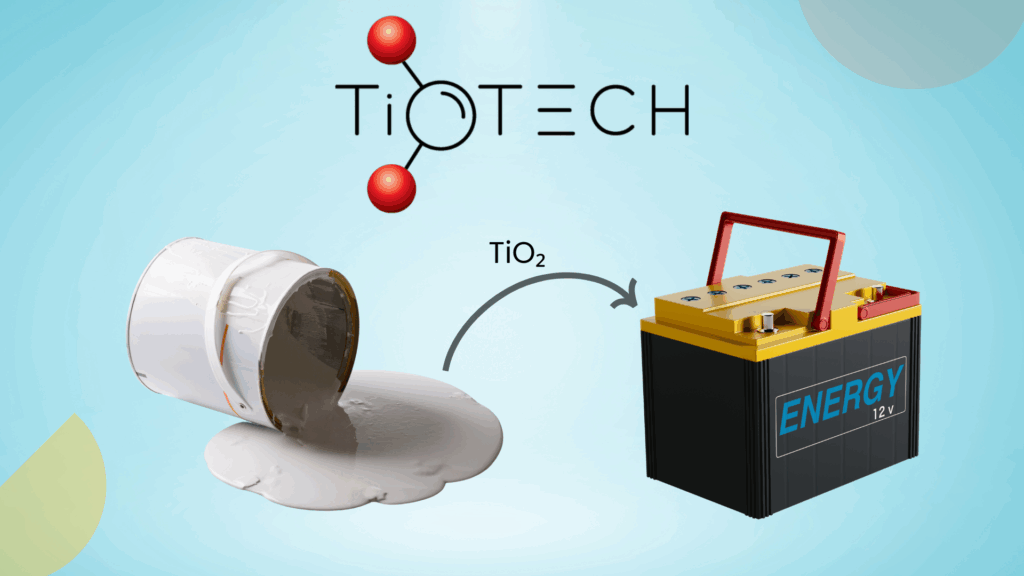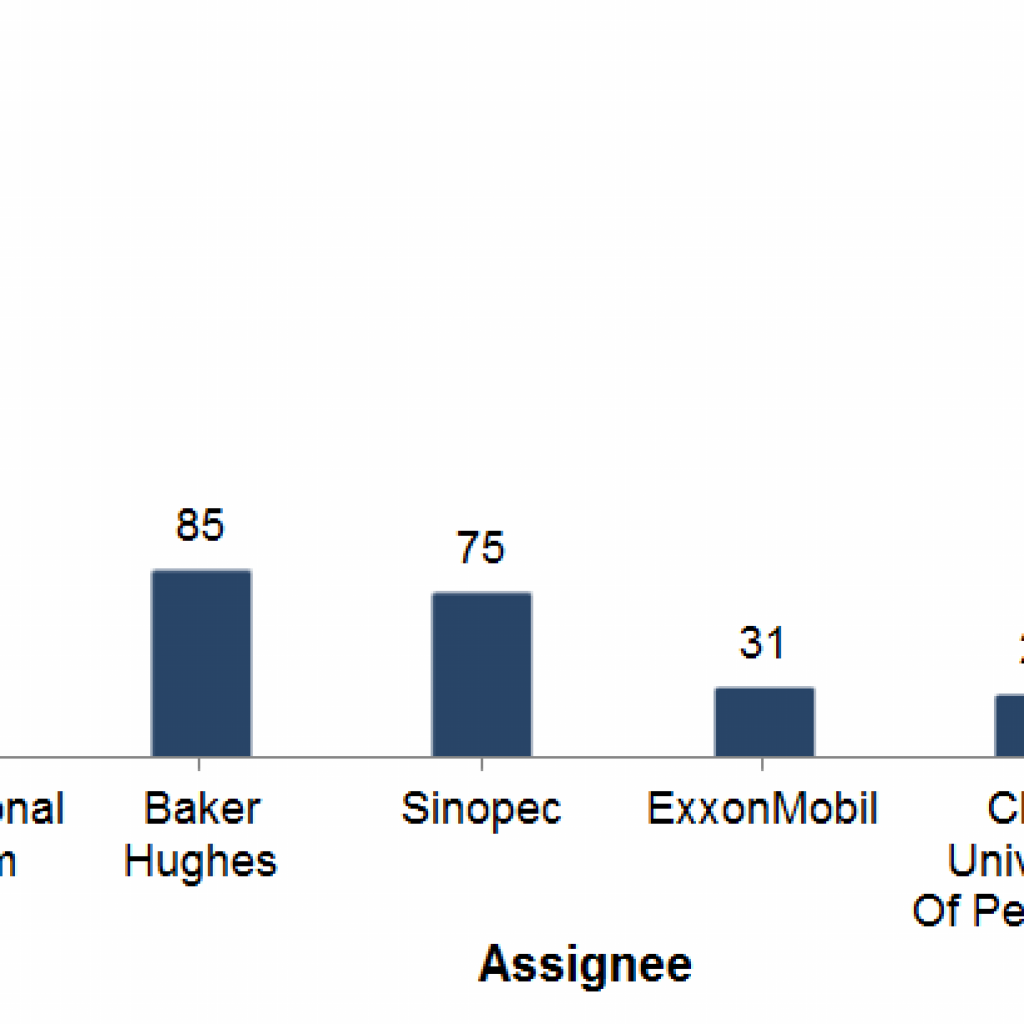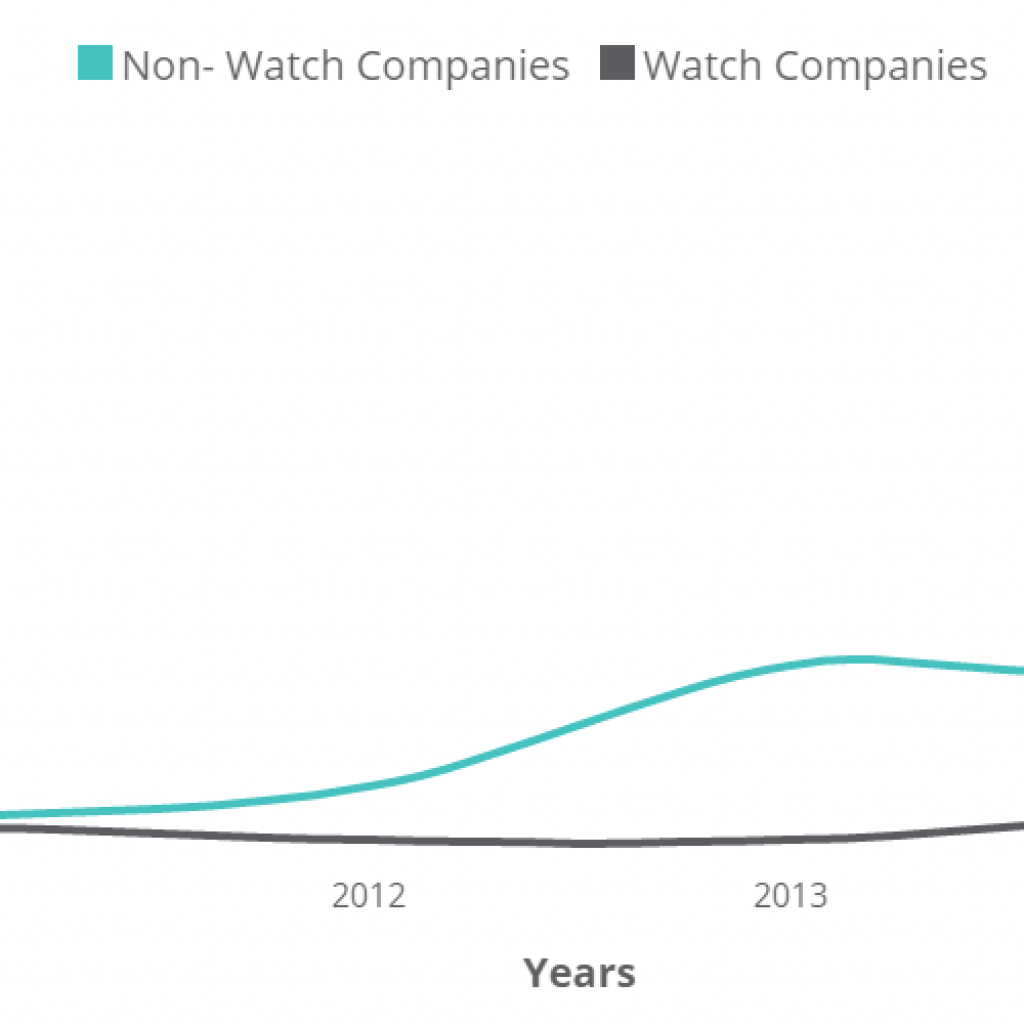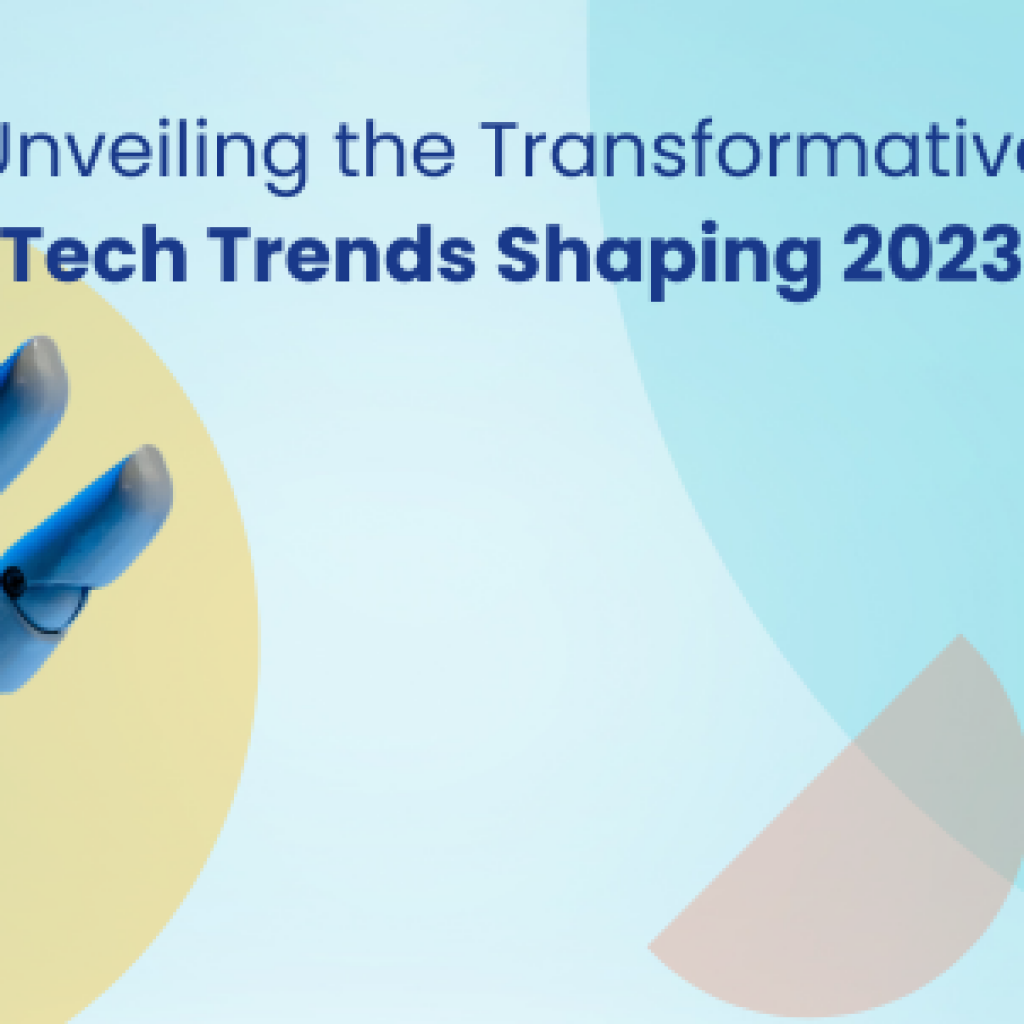“Not all smart people work for you.”
~ Bill Joy, the co-founder of Sun Microsystems
With an increased focus on innovation, every R&D manager wants to figure out a way to maximize research and development productivity. Well, collaboration is the smart move to up the innovation game but, is it as simple as it sounds?!
Right R&D collaboration can help identify new ideas and even implement them faster. From knowledge-based views, collaboration leads to the pooling of complementary competencies that fills the knowledge gaps of collaborators. Further, it increases the chances of association between different ideas which creates a chain of connected ideas that result in something innovative.
There is no dearth of empirical studies supporting the point. Brouwer and Kleinknecht, for instance, found that companies that enter into R&D collaboration file more patents than non-collaborators. Similarly, Van Ophem et al in their paper reveal that firms collaborating file more patents than firms focusing on internal R&D.
Though patent filing isn’t indicative of a final product or commercial success of a new product it is an indication of inventive activities and the ideas a company has. Also, there is a positive relationship between an R&D collaboration and successful termination of a project, and the introduction of a new product in the market.
Apart from the knowledge-based angle, if we look at R&D collaboration from a resource-based view, external knowledge plays a crucial role in exploiting resources and developing a long-term competitive advantage. For example, Lyft – a company that developed robotaxi sold old off its AV research and development division to a subsidiary of Toyota in 2021. Since then, Lyft has struck deals with Motional, Waymo, and Argo, a self-driving company backed by Ford and Volkswagen.
Now the question is how R&D collaboration drives innovative success and the even bigger question is how to go about it. Both of which we have answered in the subsequent sections of this article.
What type of R&D Collaboration Can Lead to Innovative Success?
Before you go searching for an R&D partner, there are a few things that you must know as they can affect the outcome of R&D collaboration. How? Because if an organization or a team fails to absorb and use the knowledge gained from an R&D alliance, it makes the chances of a successful collaboration thin.
We can divide R&D partnerships, like research, into two types: exploitative and explorative. These two types further have two same branches – internal and external. Have a look:

Exploitative research or R&D collaboration is a type where firms focus on using existing knowledge of each other to achieve a goal. While in the type Explorative, firms collaborate to gain new knowledge and uncover new opportunities.
Internal exploitation as the name suggests is when firm exploits already acquired knowledge of different dept. to achieve a common goal. We can call it an internal collaboration of various functional teams.
A study identifies CPG (Consumer Packaged Goods) professionals ranking collaboration among the top three factors for innovation success. Despite this, 74% of CPG professionals believe that their company is not collaborating effectively. How internal collaboration drives innovation success, is covered in this benchmark study by Neilson.
Similarly, Internal Exploration is when different teams collaborate for exploring new horizons. In external exploration alliances, firms are motivated to discover something new and push the boundaries of basic science. In external exploitation, firms seek to leverage their existing capabilities.
There are multiple empirical studies highlighting that an understanding of what kind of R&D collaboration firms are entering into, gives a more fine-grained understanding of outcomes. Also, there exist multiple combinations of exploration and exploitation alliances. Further, it’s vital to find a combination beneficial to performance as only certain combinations bring fruitful results while a lot do more harm than good.
Frank Rothaermel in Incumbent’s advantage through exploiting complementary assets via interfirm cooperation, for example, notes the higher performance of Pharma Company that focuses on external exploitation than external exploration when it shifts to biotechnology. Rothaermel, in another study, with his colleague Deeds finds that biotech startups that leverage exploration and exploitation alliances in sequence achieve superior product development performances.
Frank Rothaermel and Ha Hoang conclude the paper Leveraging internal and external experience: exploration, exploitation, and R&D project performance with the followings:
In particular, we find that a combination of internal exploration with external exploitation improved R&D project performance, while a combination of internal exploitation and external exploration reduced R&D project performance. It appears that internal exploration competencies lay the necessary foundation to leverage external experience.
Thus, we can say that for an R&D partnership to bring desired results, your firm has to have a clear understanding of what kind of combination it will go ahead with. Also, before going for external collaboration, you have to fine-tune the internal collaboration. This is aptly put by Swami Vivekananda:
“Conquer yourself and the whole universe is yours.”
~ Swami Vivekananda
Let’s move ahead and find how you can find R&D partners for collaboration and what should be the right approach.
How to find the right R&D partner?
Locate companies and universities solving the problem you are trying to solve and not just those working in your area. A broad depiction of the area of operation of companies and universities isn’t going to help.
In the energy storage domain, for example, you cannot pick companies that are battery manufacturers. Why? Because a different manufacturer will be working on a different type of battery – Lithium, Nickel, Lithium-Air, Lithium Sulphur, etc.
Even in a specific technology area, these entities would be solving a variety of different problems ranging from heating, swelling, life cycle, charging/discharging to dendrite formation, energy density, and many others. Thus, selecting a company/university to solve the same problem becomes the first crucial step to getting a qualified list of potential collaborators.
Next is an assessment of capability. I guess you already have seen what is coming next. This step involves checking the existing work of possible collaborators to benchmark what solutions have been developed and what benchmarks have been achieved by them in solving a particular problem.
After this comes to the comparatively easy task of checking the collaboration history of a can-be-a-collaborator. In the next step, you can classify these collaborators into established entities and new entrants, and then on the basis of your preference, you can select a company/university to collaborate with.
Many companies prefer going with an established player with enough knowledge of a particular area. Many focus on a new entrant that can add new knowledge. There are financial criteria to consider and a few more. Additionally, a successful collaboration is the one that checkmarks all your criteria and gives you the desired result. Well, this means extensive research of your domain and studying probable collaborators. For the same, the GreyB research team can provide you with the desired results.
All you need to do is –










